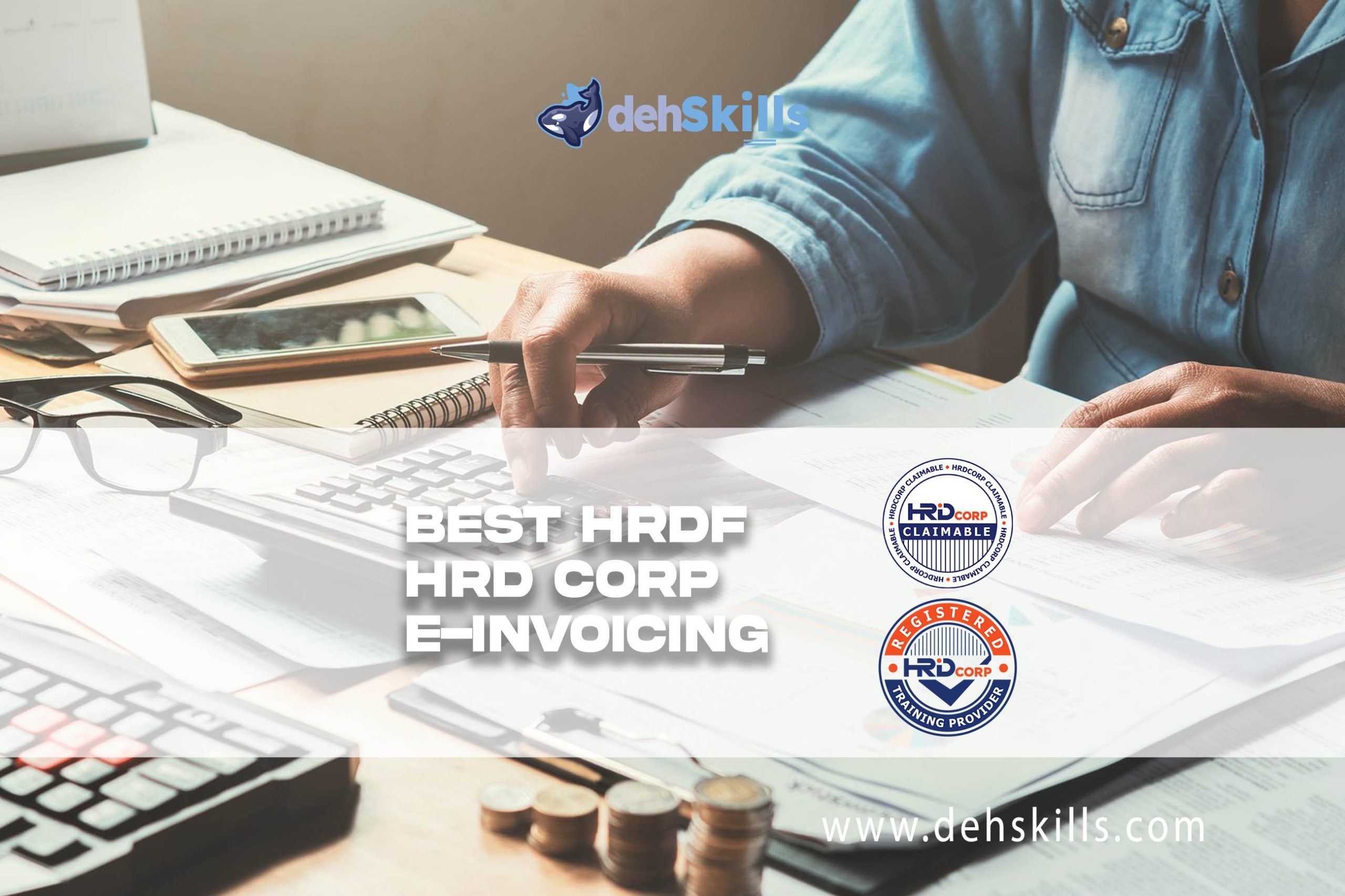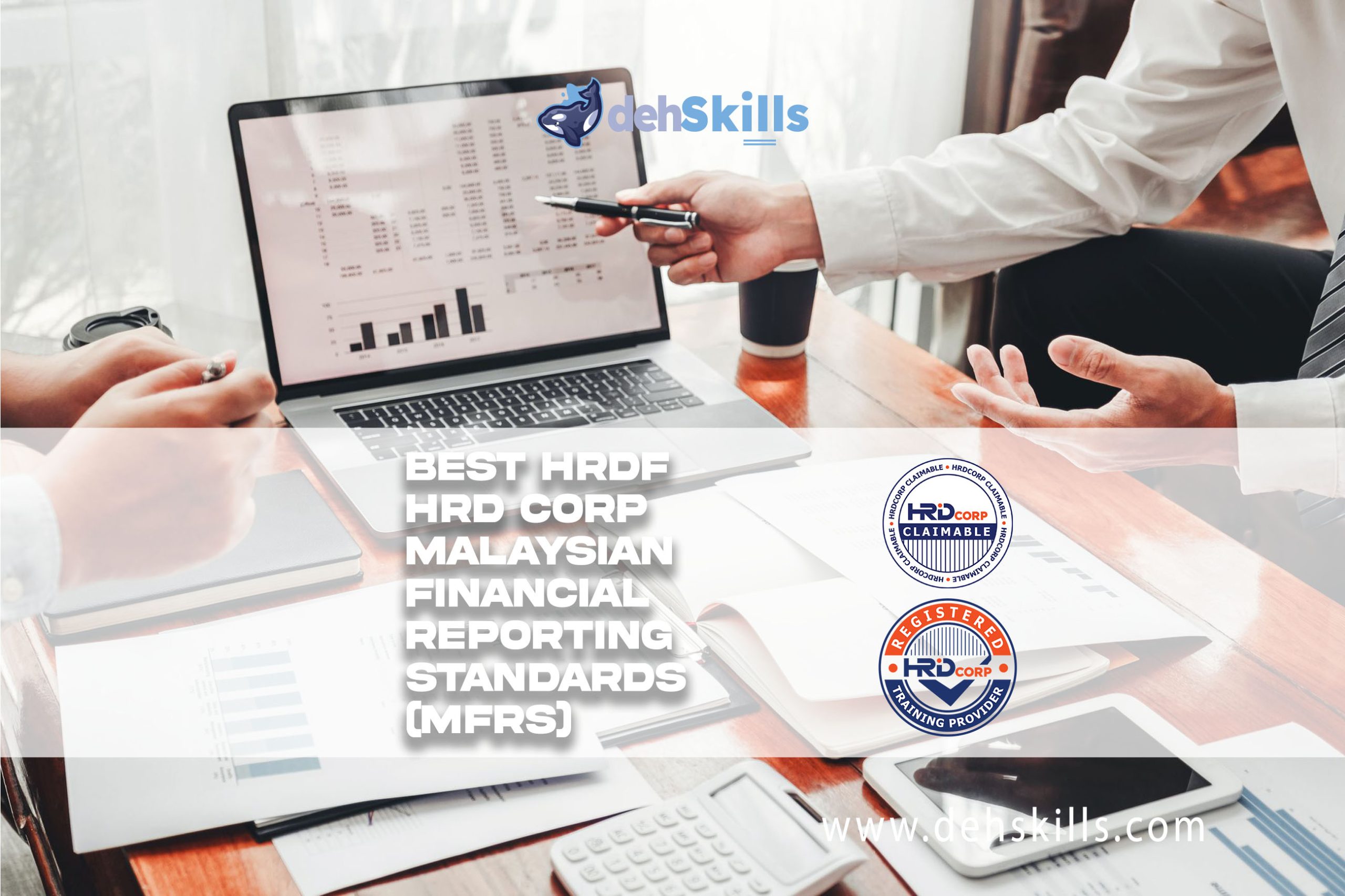E-invoicing systems replace traditional paper-based invoice systems through a combination of digital transformation, process automation, and integration with financial software. This shift not only streamlines the invoicing process but also brings about significant improvements in efficiency, accuracy, and compliance.
E-invoicing systems replace traditional paper-based invoice systems through a combination of digital transformation, process automation, and integration with financial software. This shift not only streamlines the invoicing process but also brings about significant improvements in efficiency, accuracy, and compliance.
E-invoicing systems replace traditional paper-based invoice systems through a combination of digital transformation, process automation, and integration with financial software. This shift not only streamlines the invoicing process but also brings about significant improvements in efficiency, accuracy, and compliance.
E-invoicing systems replace traditional paper-based invoice systems through a combination of digital transformation, process automation, and integration with financial software. This shift not only streamlines the invoicing process but also brings about significant improvements in efficiency, accuracy, and compliance.
AI automates routine and repetitive tasks, reducing the time and effort required from human employees. This shift allows teams to focus on more complex, strategic work that adds greater value to the organization, thus increasing overall productivity.
AI automates routine and repetitive tasks, reducing the time and effort required from human employees. This shift allows teams to focus on more complex, strategic work that adds greater value to the organization, thus increasing overall productivity.
AI automates routine and repetitive tasks, reducing the time and effort required from human employees. This shift allows teams to focus on more complex, strategic work that adds greater value to the organization, thus increasing overall productivity.
Regulation 25 (2) of Regulation BOWEC has stipulate that site safety supervisor must be a person who is competent to perform the duties specified in sub-regulation (3) and (4), and have qualifications approved by the Chief Inspector and working experience of at least for two years as a construction site foreman.
Occupational safety and health especially in small and medium-sized enterprises (SMEs) is an aspect that employers need to pay close attention to. This is because activities carried out at the workplace can create risks for hazardous incidents, accidents, injuries, and deaths not only to workers, but also to the general public in the workplace.
The HRDF HRD Corp Claimable Malaysian Financial Reporting Standard MFRS Training is designed to teach participants about the Accounting Standards that fall under MFRS and how those standards can affect their personal financial statements.







